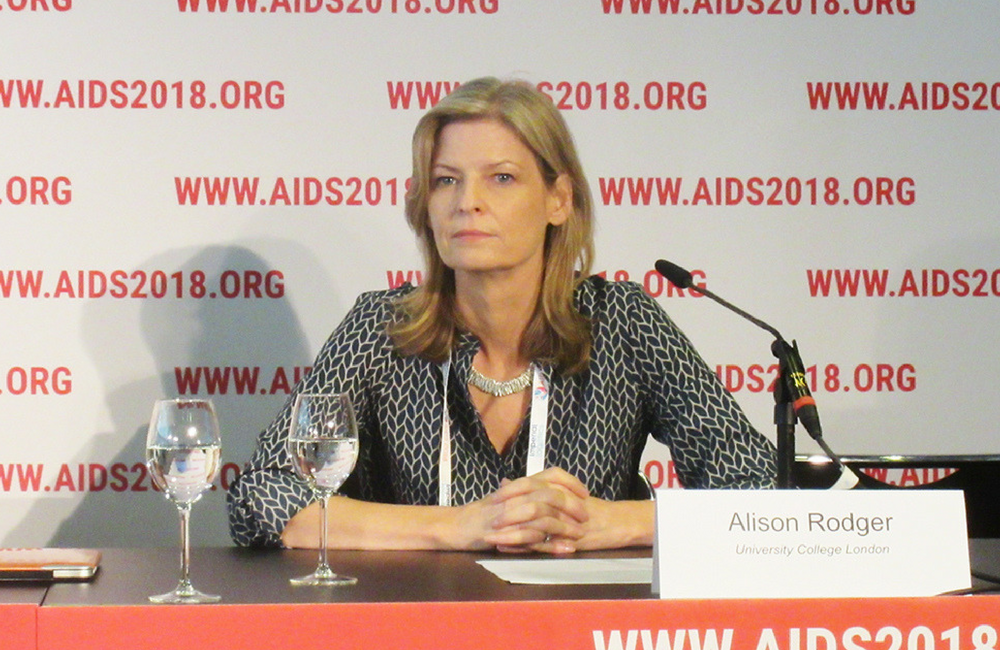
We’re as confident now that undetectable gay men pose no risk of HIV transmission as we already were for heterosexuals, researchers say
The chance of any HIV-positive person with an undetectable viral load transmitting the virus to a sexual partner is scientifically equivalent to zero, researchers confirmed at the International AIDS Conference in Amsterdam today.
The PARTNER 2 study results found no cases of HIV transmission between men when one partner had HIV but was on effective treatment. This finding offers further confirmation that an undetectable viral load prevents sexual transmission of HIV. This understanding is frequently expressed as Undetectable equals Untransmittable, or U=U.
PARTNER 2 is an extension of the PARTNER study, which in 2014 indicated that people with an undetectable viral load do not transmit HIV. Men who have sex with men were included in the previous study, but PARTNER 2 was added on to the earlier study to ensure that this finding was at least as certain for gay men as it was for heterosexuals.
It had been speculated that because HIV is transmitted more easily via anal than vaginal sex, the results might not hold for gay men. PARTNER 2 now tells us that U=U holds just as strongly for gay men (and for anal sex) as for heterosexuals.
The 14-country study found no transmissions between gay couples where the HIV-positive partner had a viral load under 200 – even though there were nearly 77,000 acts of condomless sex between them.
A detailed analysis of the research findings is available here.
PARTNER, together with another study, Opposites Attract, have between them not found a single case of HIV transmission in 126,000 acts of condomless anal sex between partners of differing HIV status.
This new data adds further strength to the U=U Campaign, whose consensus statement has been signed by NAM and hundreds of other organisations around the world, including the International AIDS Society, which runs the International AIDS Conferences.
Dr Pietro Vernazza, author of the 2008 Swiss Statement, which first affirmed that viral suppression meant that HIV could not be passed on, commented at an earlier conference session, “Those who say that HIV can be transmitted should be able to provide evidence of it.” No study has identified a case of sexual transmission from someone who is virally suppressed on treatment.
NAM’s Executive Director, Matthew Hodson, commented, “This is the moment when science trumps stigma. This is the moment when facts must conquer fear. The knowledge that when we are undetectable we can’t pass the virus on to our sexual partners has the power to encourage people to test and to remain adherent to their treatment. Just as importantly it can have an impact on the way that people with HIV think about themselves, removing some of the stress and fear that many in our communities experience.”
Matthew Hodson continued, “The preventative impact of effective HIV treatment underlines the importance of expanding access to treatment and of improving treatment uptake and adherence for all people living with HIV worldwide.”
Read Zero transmissions mean zero risk – PARTNER 2 study results announced on aidsmap.com
